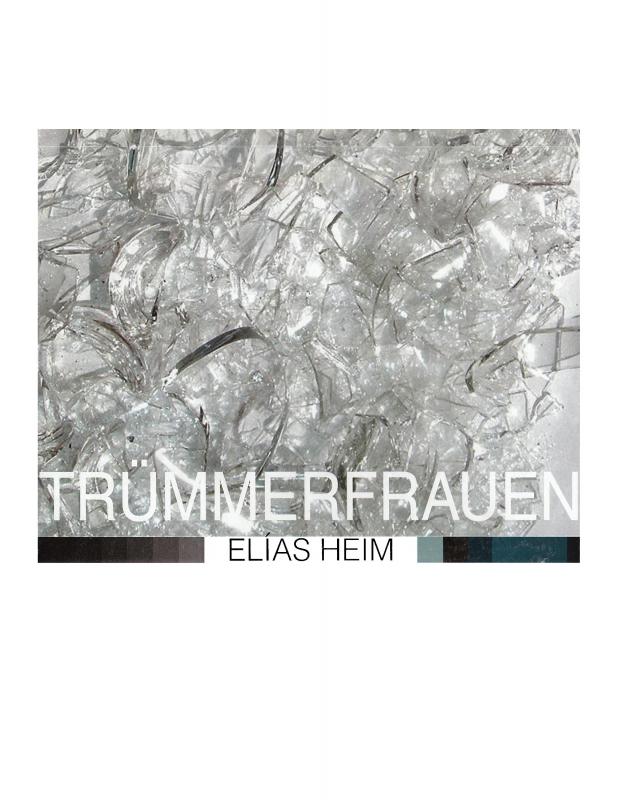This article by Colombian critic and art curator Miguel González (b. 1950) is important to the study of the installation genre in Colombia. On the basis of a discussion of the career of outstanding Colombian artist Elías Heim (b. 1966), González analyzes the use of new materials and ways of intervening in exhibition venues. González considers Heim an innovative figure who formulated formal and conceptual tendencies important to the development of Colombian sculpture in the nineties.
Heim’s works are based on personal experiences. His education in Israel and Germany as well as his double nationality allow him to reflect on his background as a Colombian Jew, a subject that permeates his projects. Thus, Heim forges relationships with art history and with his two cultures as he explores different ways of placing his work in a museum context or a public space. He discusses these issues in an interview held in the framework of the exhibition Trümmerfrauen [Rubble Women] [see doc. no. 1101124]. In the work for that show, and in most of Heim’s work produced over the course of two decades, the artist addresses the structure and preservation of the building where it is exhibited, as well as the symbolic weight of the premises.
Miguel González is one of Elías Heim’s primary interlocutors, and was curator of the Museo de Arte Moderno La Tertulia of Cali from 1985 to 2009, the venue that has exhibited the greatest number of Heim’s installations. González has also written widely on Heim’s work. For over ten years, Heim has been a professor of sculpture and projects at the Instituto Departamental de Bellas Artes of Cali. In 2009, he was named curator of the Museo de Arte Moderno La Tertulia.

